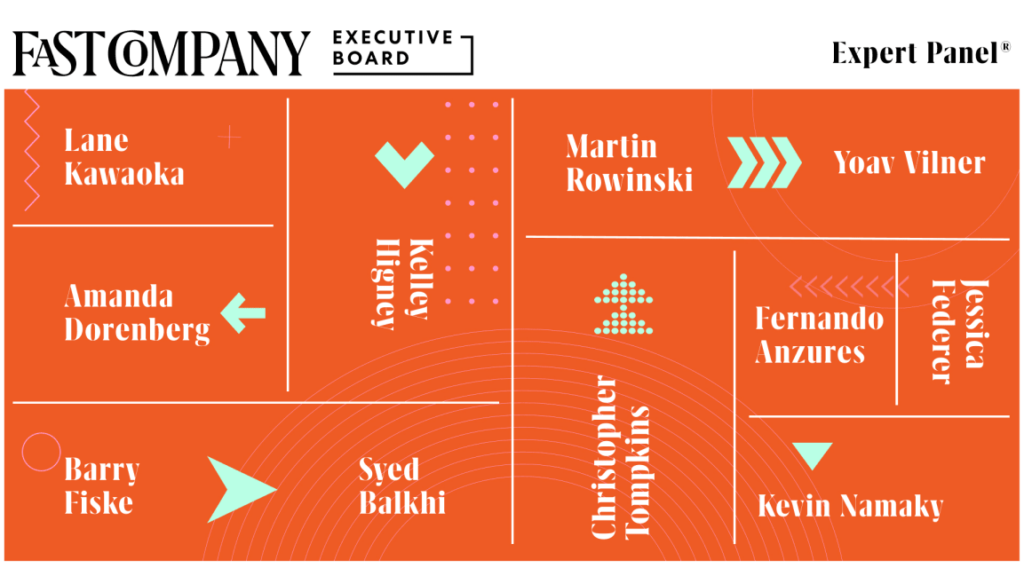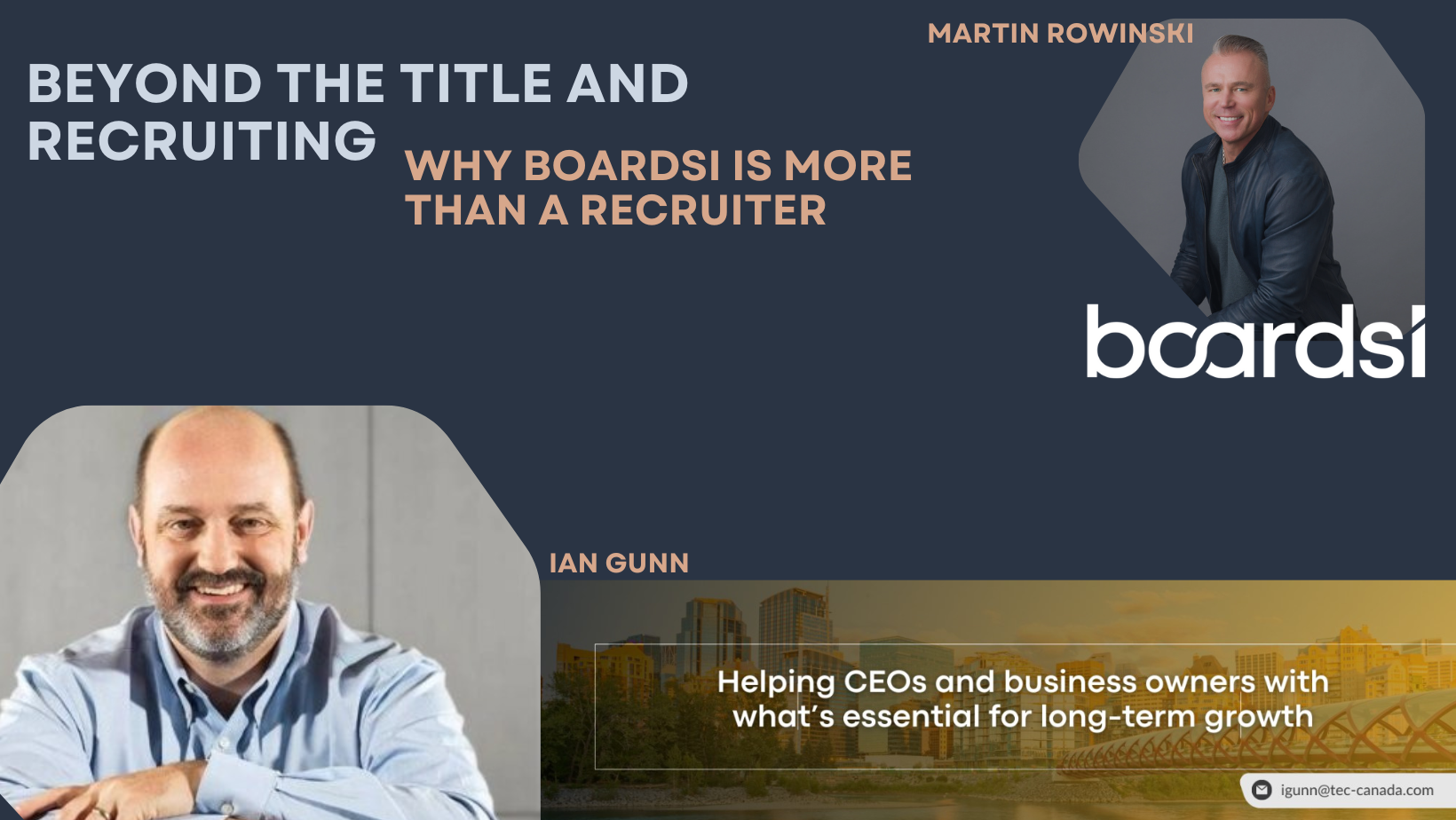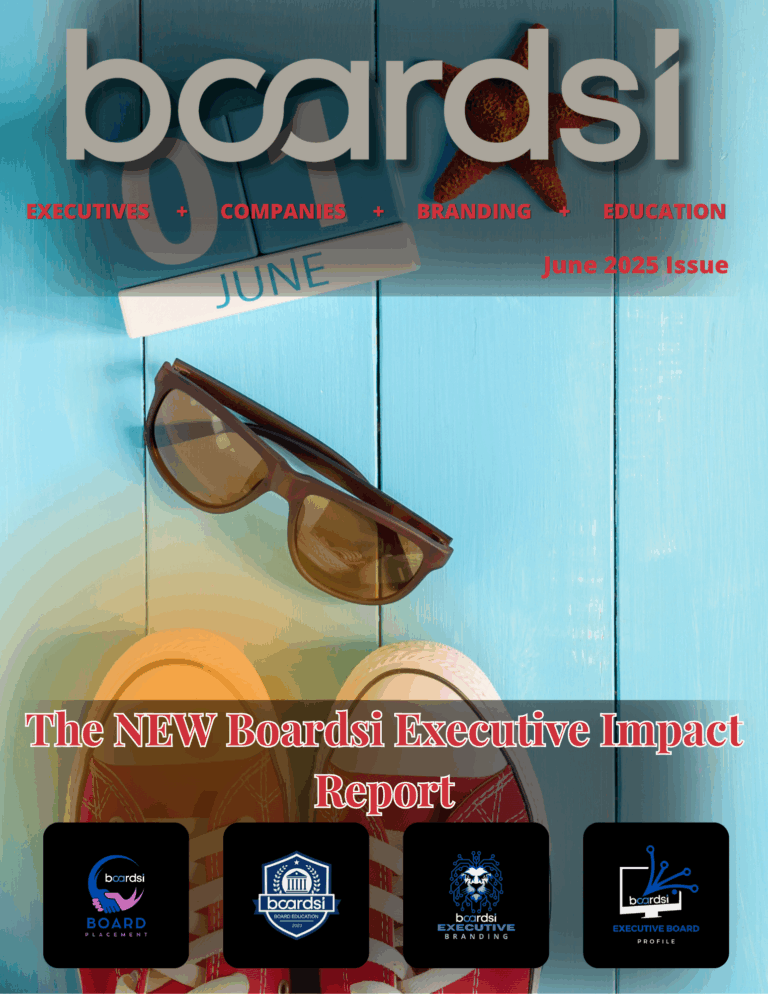While it can be disheartening for a business owner to accept, not every new product or service you develop is going to be a hit. Although you may be personally and financially invested, some offerings are going to be more well-received than others. However, it’s not always easy to know when it’s time to walk away.
As successful business leaders, many members of Fast Company Executive Board have experienced this dilemma firsthand. Below, they share 11 clear signs that may indicate your new product or service isn’t worth pursuing further.
1. THE PRODUCT FALLS SHORT OF ITS CLAIMS
One clear sign is if the product falls short of what they claim to be and gets bashed later on because of it. This may happen due to the product being overly marketed without considering its limitations. Then comes the launch, and experts notice that it’s not bringing in what it promised. A good example here is Microsoft Vista. It’s better to over-deliver rather than over-promise. – Lane Kawaoka, SimplePassiveCashflow.com
2. YOUR SEARCH TRAFFIC IS DECLINING
Look for signs of decline in your search traffic, social media followers, fewer comments on your posts, or a decline in sales. These are all indicators that your latest product or service is not resonating with your customers. – Kelley Higney, Bug Bite Thing
3. YOU’RE SEEING A LOW ADOPTION RATE
Listen to what the market is telling you about your product and then evaluate the product’s adoption rate. Great ideas are everywhere, but the timing of release on those great ideas needs to be impeccable and the market needs to be ready to pounce on it. Otherwise, it will be a long and slow uphill battle that could potentially lead to any excitement of the product fizzling out. – Amanda Dorenberg, COMMB
4. YOU’RE QUESTIONING WHETHER IT’S A HIT
Hits are obvious. If you’re questioning it, it isn’t a hit. The key to making a hit is recognizing that no idea is totally great right out of the gate. The secret to every great idea is blasting through all the mediocre ones as quickly as possible. Each time pivoting, adjusting the product, improving the service, until one day the reaction is so obviously good, there is no doubt. – Barry Fiske, LiveArea, a Merkle Company
5. THERE’S A LACK OF ENGAGEMENT
Silence and a lack of engagement are clear signs that your product or service won’t work. While even the best of products need good marketing to take off, the products themselves do the heavy lifting after a while. If people are straight-up disinterested and even ignoring your product and website, then you know it’s time to walk away. – Syed Balkhi, WPBeginner
6. YOUR AUDIENCE’S EXCITEMENT DOESN’T MATCH YOURS
If the level of excitement and energy that you have for the product or service is extremely disproportionate to the excitement of your audience and peers, warning bells are ringing. Sometimes we can all be a bit guilty of being too close to a project and not seeing the full picture. A great way to get initial feedback is to float it to your inner circle of peers and have them review it. – Christopher Tompkins, The Go! Agency
7. YOUR RETURN ON INVESTMENT ISN’T INCREASING
Each company needs to establish goals behind every service and product. Keep a close eye on the ROI and key points, check on the marketing often, and make adjustments. If you don’t see the ROI moving up then you need to walk away from that specific product or service and start over. – Martin Rowinski, Boardsi
8. YOUR ‘NORTH STAR’ METRIC ISN’T GROWING
Long-term product metrics should do the trick. How much engagement is your product seeing per day, week, month? Are the accounts expanding? Is your North Star metric growing? Beyond that, everything else is just noise. People can say you have an amazing product or brand, but when it’s time to invest time into it they’ll be too busy. – Yoav Vilner, Walnut
9. YOU SEE AN OPPORTUNITY TO ‘FAIL FAST’ AND PIVOT
Failing fast is a skill. Agree on what metrics to measure and count, then stick to it. Get input from your customers, employees, and your board. If you can pivot fast enough, the failure turns into an opportunity. – Jessica Federer, Boston Millennia Partners
10. PEOPLE AREN’T RETURNING
Launch fast, launch small (test pilot), launch with enough communication (people need to understand your value proposition), and measure sales and repurchase. The rest is all theory, but repurchase is king and success comes with repetition. Without repetition, forget about expanding your brand, your communication, and your marketing budget. – Fernando Anzures, EXMA Global
11. YOUR CUSTOMERS ARE GIVING NEGATIVE FEEDBACK
You need to ask the customer. With how fast companies and startups want to move these days, too often this step gets skipped. It’s not a good idea just because a founder or an investor thinks so. You need to actually do the research with your potential customers to determine relevance. If research indicates a lack of relevance, either pivot or kill the idea. – Kevin Namaky, Gurulocity Brand Management Institute









